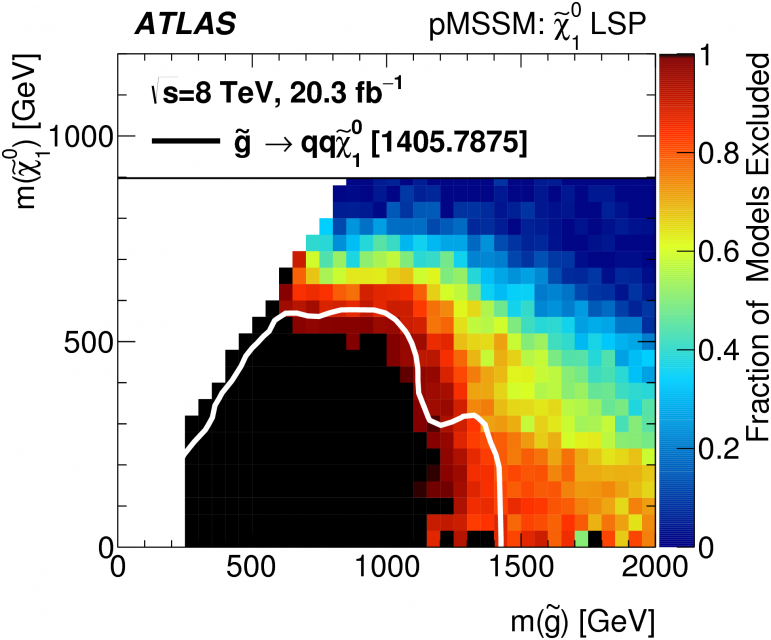Oxford physics graduate student Will Fawcett, working with an international team at CERN, is delighted to have completed the most comprehensive assessment to date of the impact of the Large Hadron Collider (LHC) on a leading theory of subatomic physics.
The team was examining searches for evidence of Supersymmetry – also known as SUSY – a theory which offers several big advantages over the "Standard Model", the current theory of the subatomic world. Supersymmetric theories provide a deeper explanation for why the universe is filled with the Higgs field – which gives rise to the famous Higgs boson. They also predict a particle which could explain the Dark Matter which appears to dominate the universe.
Supersymmetry’s key prediction is that every particle type that we have already seen should be accompanied by a partner particle with very particular properties. However the partners have not shown up – at least so far – in the high-energy collisions at the 27 km Large Hadron Collider at CERN.
Prof Alan Barr, the leader of the Oxford supersymmetry team, said
“Searching for SUSY is one of the top priorities at the LHC. Many physicists have strong opinions - in both ways - as to whether they exist, but only the experiment can tell who is right.”
The team examined models in which the lightest SUSY particle is weakly interacting, massive and stable – the ideal properties required of Dark Matter. Using the full ATLAS dataset recorded before 2015, the team, which included researchers on the ATLAS experiment from CERN and around the world, examined more than three hundred thousand different supersymmetric models, in the process simulating more than 33 billion collisions. Each of the models predicted different masses for the SUSY partner particles, and a different amount of Dark Matter. The team studied the combined effect of 22 different ATLAS searches, working out which masses have been ruled out, and which remain viable. The results show where the LHC has high sensitivity, and where SUSY particles may have evaded discovery so far.
Mapping out the LHC sensitivity: Fraction of SUSY models excluded as a function of the gluino mass (x-axis) and neutralino mass (y-axis)
The team's work represents the most comprensive set of constraints to date on supersymmetric theories.
However their work is far from over. The LHC restarted in April 2015, after work by the LHC engineers to increase the centre-of-mass energy from 8 to 13 TeV. This upgrade has been as success, and has increased the experiment's sensitivity to SUSY particles, particularly those that are are very heavy.
The analysis of the start of this higher-energy data is just beginning. Will, who performed much of the analysis for the paper, said
“Having worked out which Supersymmetry models we weren’t able to test at LHC Run-1 I’m now really excited to be hunting for them with the higher energy of LHC Run-2.”
Given that fewer than half of the tested models were found to be ruled out by the searches to date, there's plenty of space for SUSY to be hiding...

